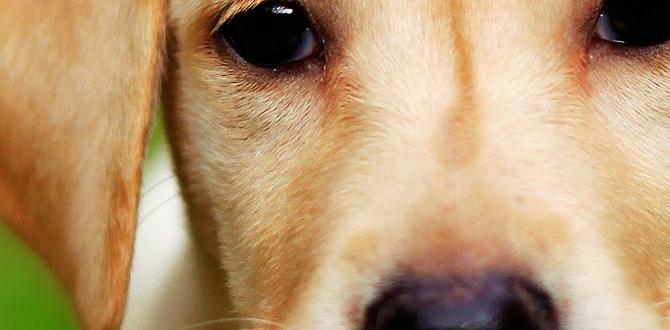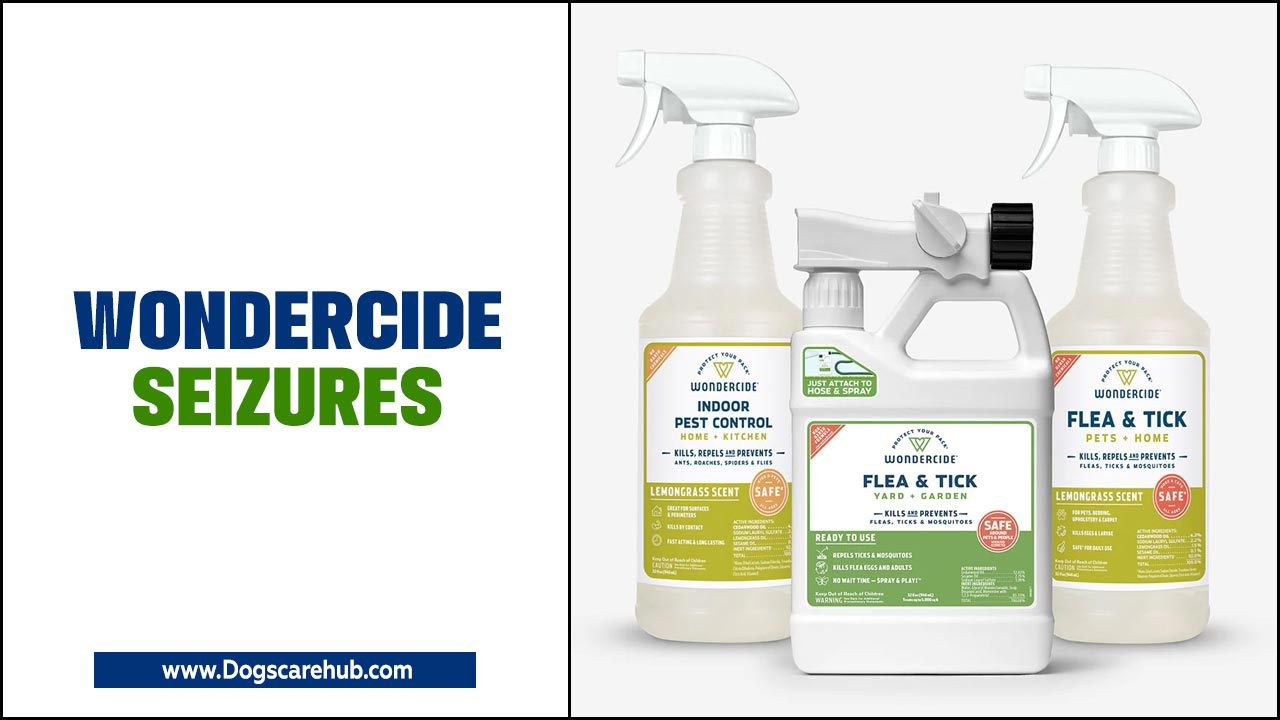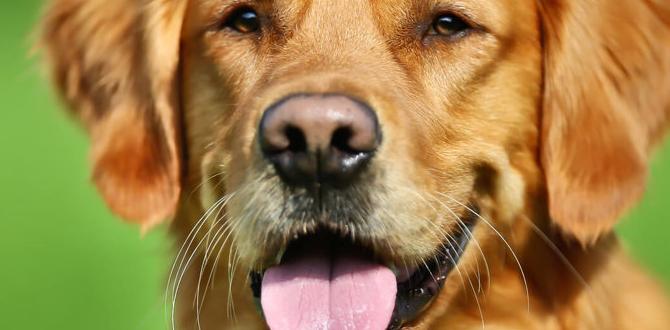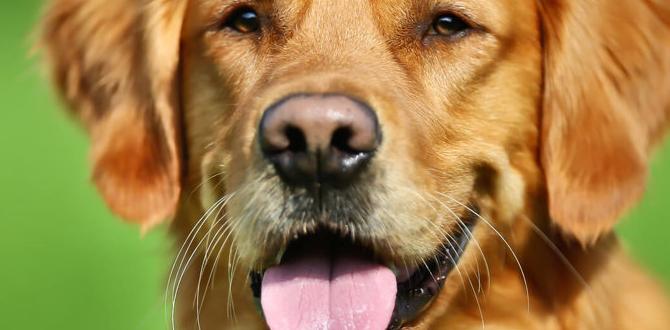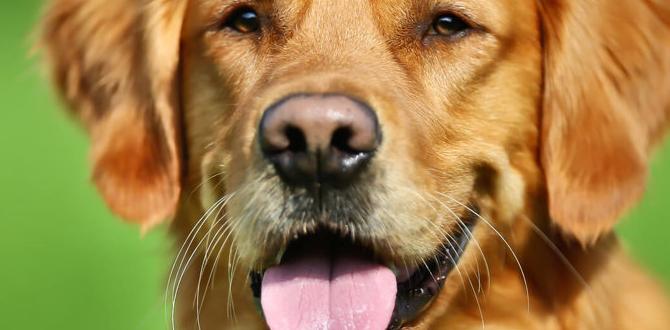Have you ever wondered why your dog cries when you leave? Dogs love being with their owners. They can get upset when left alone. This is called separation anxiety. Are there ways to help them feel better? Yes, there are many techniques to help dogs with separation anxiety. Let’s explore how you can make your furry friend feel more at ease when you’re away.
Key Takeaways
- Separation anxiety in dogs is common but manageable.
- Understanding your dog’s behavior is essential.
- Separation anxiety in dogs techniques can help reduce stress.
- Routine and training are key to comfort your dog.
- Patience and consistency are important for success.
Understanding Separation Anxiety in Dogs
Separation anxiety in dogs is when they feel stressed when left alone. Dogs are social animals and love being with people. When their favorite person leaves, they can feel sad or worried. Some dogs bark, chew on things, or even have accidents in the house. This behavior shows they are unhappy. They want to be with you, but you can’t always be home. The good news is there are ways to help your dog feel better when you’re not there.
- Dogs love company and can feel lonely easily.
- They show anxiety by barking or chewing things.
- Training can reduce separation anxiety symptoms.
- Making a routine helps dogs feel secure.
- Leaving toys keeps them busy and happy.
To help your dog, learn what makes them anxious. Notice their behavior when you leave. Over time, you can help them feel less worried. Use techniques like training and making a routine. Give them toys to keep them busy. These steps can make a big difference. Your dog will feel more secure, and you can leave with peace of mind.
Fun Fact or Stats: Did you know? Around 14% of dogs suffer from separation anxiety!
Why Do Dogs Get Separation Anxiety?
Have you ever left your dog alone and returned to a mess? This can be frustrating. But it’s important to understand why it happens. Dogs get separation anxiety because they love their owners. They miss you when you’re gone. They may feel scared or unsure. Some dogs have never been alone much. Others might have had a change in their routine or home. Understanding why your dog acts out helps you find solutions. You can teach them to feel safe and calm without you.
Signs of Separation Anxiety in Dogs
Does your dog bark non-stop when you’re gone? They might have separation anxiety. Look for signs like chewing furniture or scratching doors. Some dogs may even try to escape. Others might drool or pace around. These behaviors show they’re stressed. If you notice these signs, don’t worry. There are ways to help your dog. You can teach them to enjoy their alone time and feel relaxed.
How to Identify If Your Dog Is Anxious
Ever wonder if your dog is anxious when you’re away? Identifying anxiety isn’t hard. Watch their behavior as you prepare to leave. Do they whine or follow you? This might mean they’re anxious. When you return, check if anything is damaged. Notice if they seem overly excited. Knowing these signs helps you understand your dog’s feelings. You can then use techniques to help them feel better.
Effective Techniques to Reduce Anxiety
There are many techniques to help your dog feel calm. Start by creating a leaving routine. Say goodbye in a calm, loving way. Don’t make a big fuss. This shows your dog it’s okay when you leave. Use positive reinforcement. Give them a treat or toy before you go. This makes them associate your leaving with something good. Try leaving for short periods at first. Gradually increase the time you’re away. This helps them get used to being alone.
- Make leaving home a calm experience.
- Use positive reinforcement with treats or toys.
- Start with short absences, then increase time.
- Keep your goodbyes and returns low-key.
- Consider using calming scents or music.
Teaching your dog how to be alone takes time and patience. Be consistent with your training. Every dog is different, so find what works best for yours. Some dogs respond well to toys or treats. Others might benefit from calming music or scents. Create a safe and comfortable environment for your dog. This helps them feel secure when you’re not there.
Fun Fact or Stats: Did you know? Dogs can hear frequencies as high as 65,000 Hz!
Creating a Leaving Routine
Do you have a routine before leaving home? Dogs love routines. They help them feel safe and secure. Create a leaving home routine for your dog. It could be as simple as giving them a treat or toy. Say goodbye in a calm voice. Avoid making a big deal about leaving. This helps your dog know it’s okay for you to go. Over time, they’ll get used to the routine and feel less anxious.
Using Positive Reinforcement
Have you ever given your dog a treat for good behavior? This is positive reinforcement. It can help with separation anxiety too. Give your dog a treat or a favorite toy when you leave. This makes your absence something they look forward to. They will start to associate your going away with something positive. With time, they will feel less anxious when you’re not home.
Gradually Increasing Alone Time
Can your dog handle being alone for a long time? Start with small steps. Leave them alone for a few minutes at first. Gradually increase the time you’re away. This helps them adjust to being alone without fear. Be patient and consistent. Your dog will learn that you always come back. This builds their confidence and reduces anxiety. They’ll soon feel more comfortable when you’re gone.
Toys and Tools to Ease Anxiety
Providing your dog with toys and tools can help ease their anxiety. Choose toys that keep their mind busy. Puzzle toys are great because they challenge their brain. Chew toys can also help since chewing is calming for dogs. Use tools like calming scents or music. These can create a peaceful environment for your dog. You might also consider a pet camera. It lets you check on your dog and even talk to them!
- Puzzle toys keep dogs mentally engaged.
- Chew toys provide comfort and relief.
- Calming scents like lavender can soothe anxiety.
- Music can create a peaceful atmosphere.
- Pet cameras allow you to check in on dogs.
Toys and tools make a big difference in reducing anxiety. They provide comfort and engagement when you’re away. Experiment with different options to find what works best for your dog. Every dog is unique, so pay attention to what calms yours. The right environment can help your dog feel happy and relaxed, even when you’re not home.
Fun Fact or Stats: Did you know? Playing music for dogs can lower their stress levels!
Puzzle Toys for Mental Stimulation
Have you ever seen a dog trying to solve a puzzle toy? It’s so fun to watch! Puzzle toys are great for mental stimulation. They keep your dog’s mind busy. This distracts them from feeling anxious. These toys come in many shapes and sizes. They often have treats hidden inside. Your dog has to figure out how to get the treats. This keeps them entertained and happy for hours!
Chew Toys for Comfort
Does your dog love to chew? Chewing is a natural behavior for dogs. It can be soothing, too. Chew toys provide comfort for anxious dogs. They give them something to focus on. This can reduce anxiety and stress. Choose safe, durable toys your dog can chew on for a long time. Rotate toys to keep them interesting. Your dog will love having different options to explore.
Using Calming Scents and Music
Have you ever noticed your dog relaxing with music? Calming scents and music can work wonders. Some scents like lavender are soothing for dogs. You can use sprays or diffusers to spread the scent. Music can also help. Play soft, calming tunes when you’re away. This can create a peaceful environment. Your dog will feel more at ease, and their anxiety may decrease.
Training Techniques for Anxious Dogs
Training is a powerful tool for dealing with separation anxiety. Teaching your dog basic commands builds their confidence. Practice commands like “sit,” “stay,” and “come.” Use positive reinforcement and be consistent. Gradually increase the time they hold each command. This helps your dog learn patience and self-control. It also strengthens your bond with them. Confident dogs are less likely to feel anxious when alone.
- Teach basic commands like “sit,” “stay,” and “come.”
- Use positive reinforcement with treats and praise.
- Practice commands daily for best results.
- Gradually increase the time spent on each command.
- Strengthen your bond through training sessions.
Training takes time and effort, but it’s worth it. It helps your dog feel more secure and less anxious. Focus on building their confidence with commands and positive interactions. This lays a strong foundation for your relationship. With time, your dog will feel more at ease, even when you’re not around.
Fun Fact or Stats: Did you know? Dogs can learn over 165 words and commands!
Teaching Basic Commands
Have you taught your dog any commands? Commands like “sit” and “stay” are easy to learn. They are also helpful for anxious dogs. Start with one command at a time. Use treats and praises to reward your dog. Practice every day. Your dog will learn quickly and feel proud of their progress. Commands help them feel more in control and less anxious.
Positive Reinforcement in Training
Do you give your dog rewards for good behavior? Positive reinforcement is key in training. It motivates dogs to learn and behave. Use treats and praise to reward them. Be consistent with your training. This builds trust and confidence. Over time, your dog will feel less anxious and more secure. They’ll associate good behavior with positive outcomes.
Consistency and Patience in Training
Training takes time. Are you patient with your dog? Consistency and patience are important in training. Practice regularly and keep your sessions short. Reward your dog for every success. Don’t rush the process. Every dog learns at their own pace. With time and dedication, your dog will become more confident and less anxious.
Creating a Safe Environment
Creating a safe space for your dog can reduce anxiety. Make sure they have a cozy bed or blanket. This gives them a place to relax. Keep their play area safe and free from hazards. You can also use baby gates to limit access to some rooms. This prevents destructive behavior due to anxiety. A safe environment helps them feel secure and calm when alone.
- Provide a cozy bed or blanket for comfort.
- Keep the play area safe and hazard-free.
- Use baby gates to limit room access.
- Remove any items that can be destroyed.
- Ensure they have enough water and food.
Dogs feel more at ease in a safe environment. It reduces their anxiety and stress. Pay attention to their needs and preferences. Create a comfortable space where they feel happy and secure. This makes a big difference in their behavior and well-being.
Fun Fact or Stats: Did you know? Dogs sleep for an average of 12-14 hours a day!
Providing a Cozy Space
Have you ever noticed your dog curling up in a cozy spot? Dogs love comfort. A cozy space helps them feel secure. Provide a soft bed or blanket. This gives them a place to rest and relax. A comfortable space reduces anxiety and stress. Your dog will feel happy and safe when they have a special spot just for them.
Ensuring Safety at Home
Is your home safe for your dog? Safety is crucial for anxious dogs. Remove items they might chew or destroy. Use baby gates to keep them in safe areas. Provide enough water and food. Your dog will feel more secure in a safe environment. This reduces their anxiety when you’re not home.
Using Baby Gates Wisely
Do you use baby gates at home? Baby gates are helpful for dogs with anxiety. They limit access to certain areas. This prevents destructive behavior. Your dog will feel secure knowing their space is safe. Use gates to create a cozy, protected environment for your furry friend.
Conclusion
Separation anxiety in dogs is common, but it’s manageable. By using separation anxiety in dogs techniques, you can help your furry friend feel more at ease. Remember to be patient and consistent. Use routines, training, and toys to comfort your dog. With time and love, your dog will feel secure, even when you’re not there.
FAQs
Question: What causes separation anxiety in dogs?
Answer: Separation anxiety in dogs is caused by fear of being alone. Dogs are social animals and love company. Changes in routine or environment can also trigger anxiety. Understanding these factors helps in applying the right separation anxiety in dogs techniques.
Question: How can I tell if my dog has separation anxiety?
Answer: Signs of separation anxiety include barking, chewing, or trying to escape. Other signs are pacing, drooling, or having accidents in the house. Recognizing these behaviors is essential in using separation anxiety in dogs techniques effectively.
Question: What are some effective techniques to help my dog?
Answer: Use techniques like creating a routine, training, and positive reinforcement. Toys and calming scents also help. These separation anxiety in dogs techniques can ease your dog’s stress and make them more content.
Question: Are there any tools that can help with my dog’s anxiety?
Answer: Yes, there are many tools like puzzle toys and chew toys. Calming scents and music can also soothe anxiety. These tools, combined with separation anxiety in dogs techniques, can greatly help your dog feel better when alone.
Question: How long does it take to see improvements?
Answer: It depends on the dog and the techniques used. Be patient and consistent. With regular practice, you may see improvements in a few weeks. Every dog is different, so adapt the techniques to suit their needs.
Question: Should I consult a professional for my dog’s anxiety?
Answer: If your dog’s anxiety is severe, consulting a professional is a good idea. A vet or dog trainer can offer guidance and tailored separation anxiety in dogs techniques. They can help you and your dog find the best solution.
Meet Elyse Colburn, the devoted canine companion and storyteller behind the enchanting world of “Tales, Tails, and Adventures Unleashed.” A passionate dog enthusiast with a heart full of paw prints, Elyse Colburn shares heartwarming tales and insightful adventures, celebrating the joy, loyalty, and endless antics that make every dog a true hero. Join Elyse Colburn on this tail-wagging journey, where every post is a love letter to our four-legged friends.




